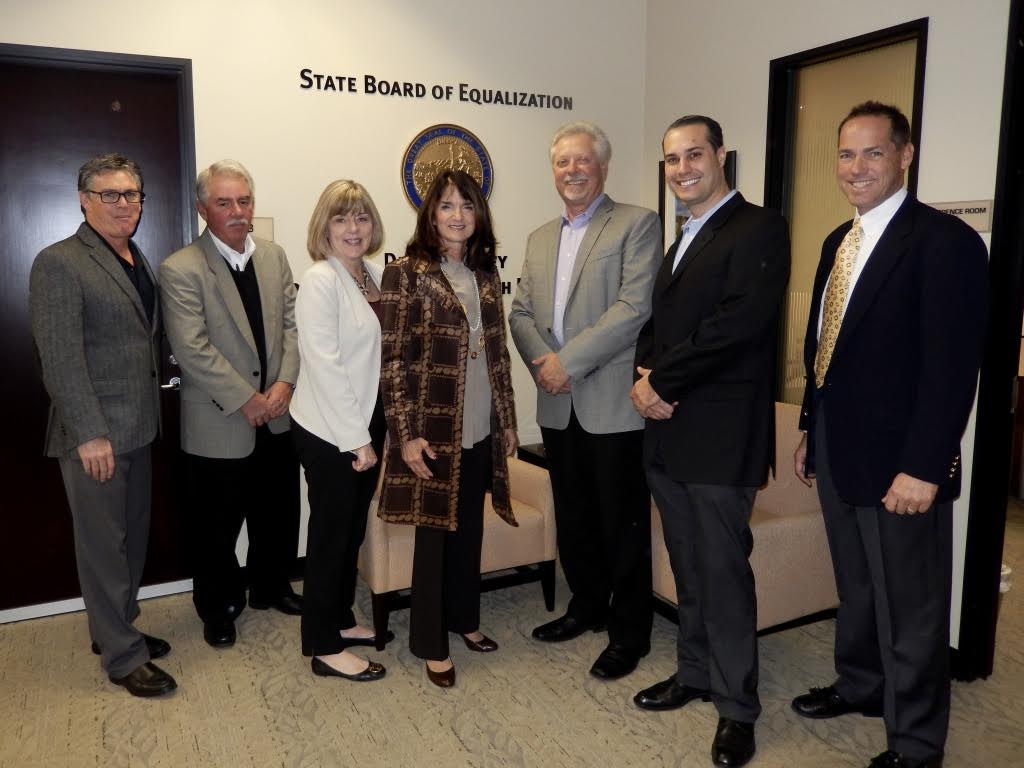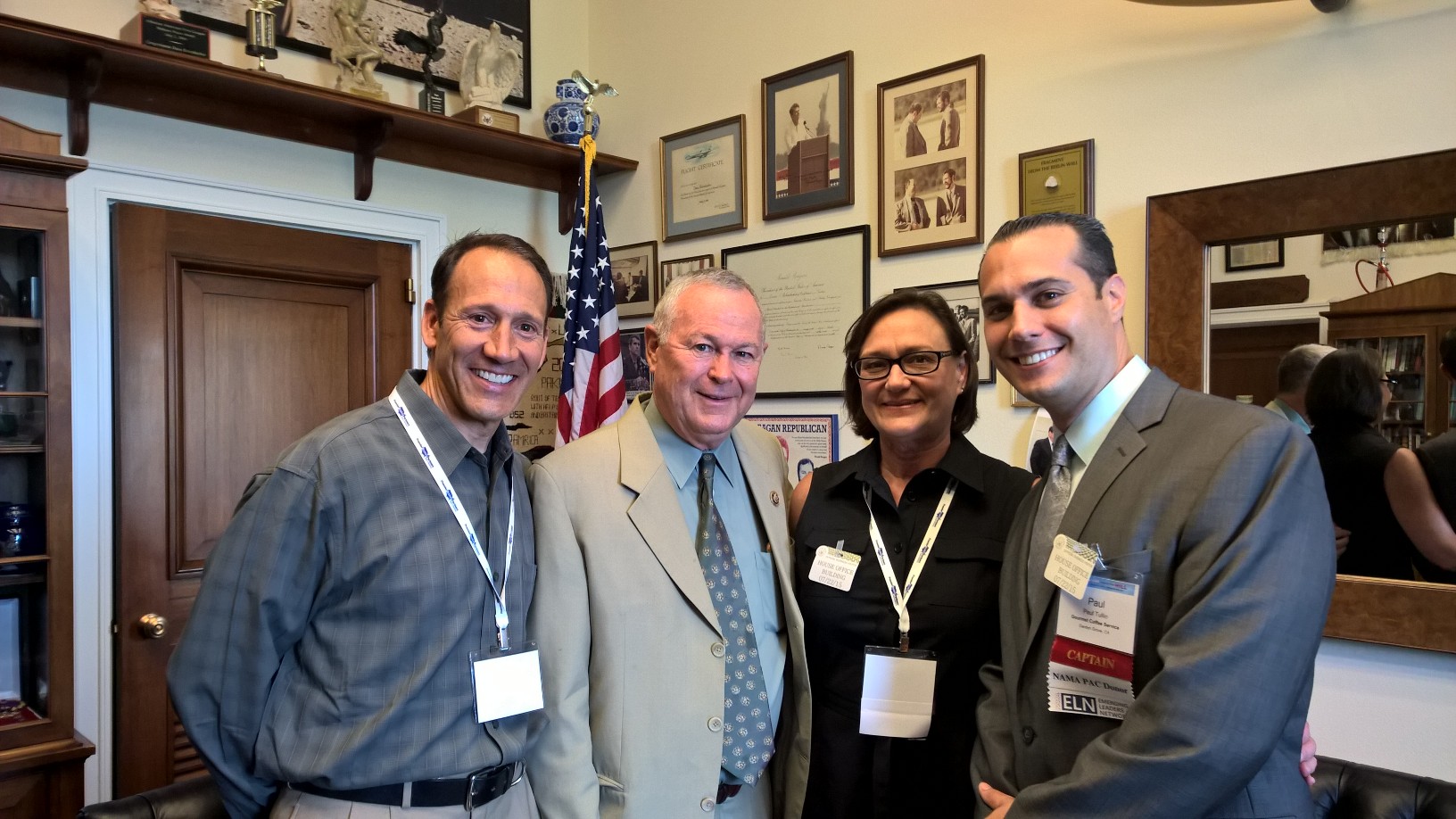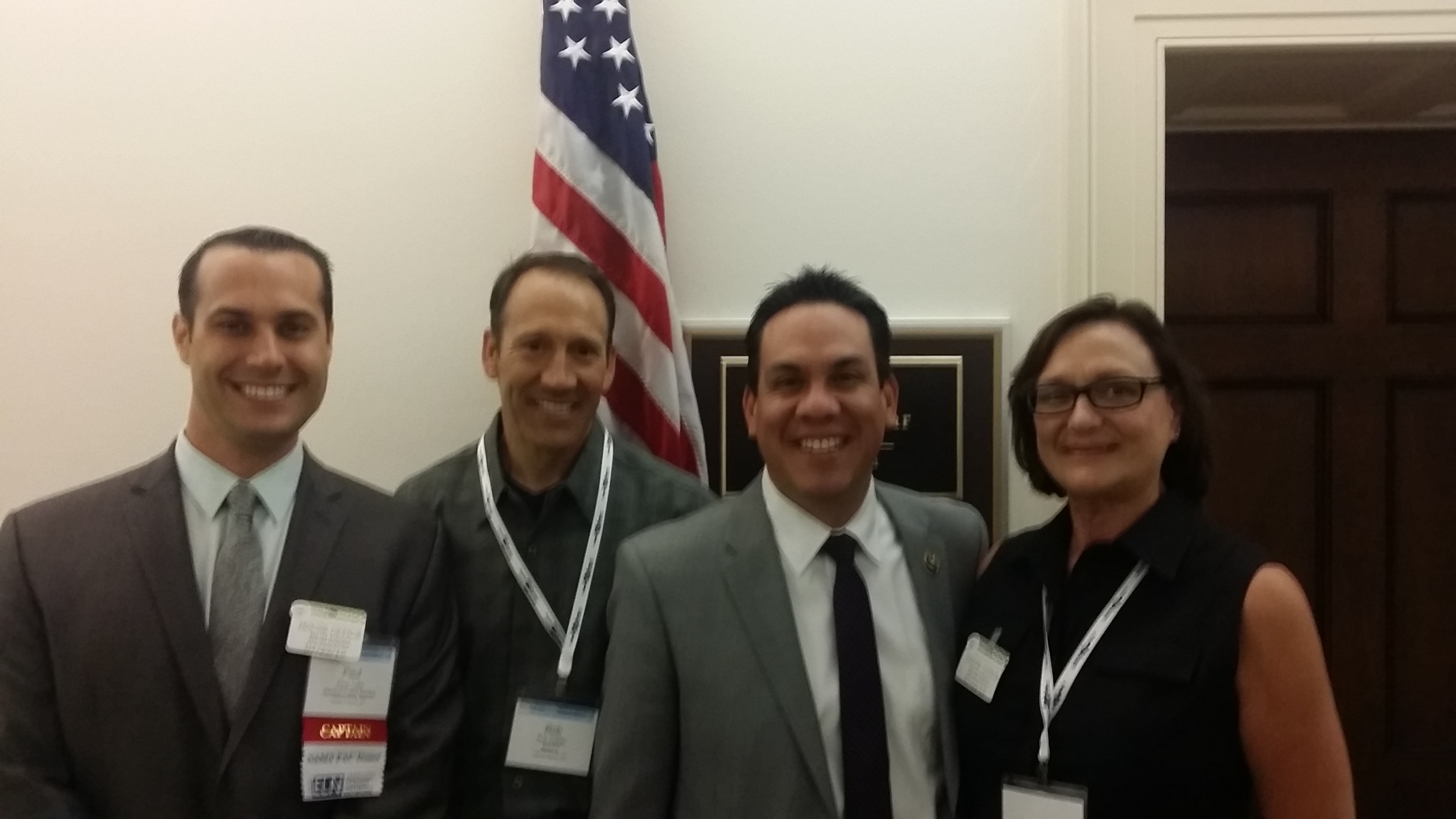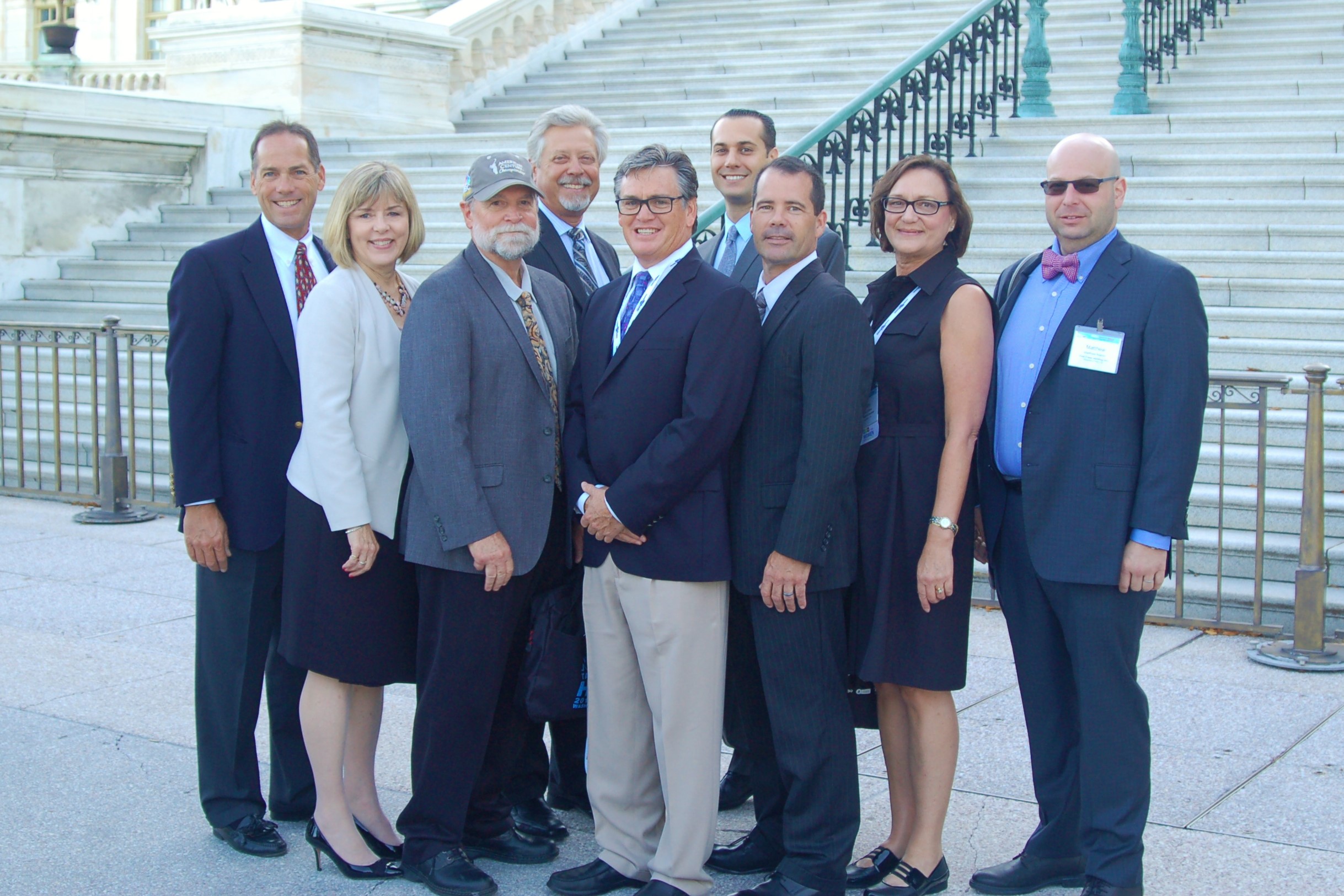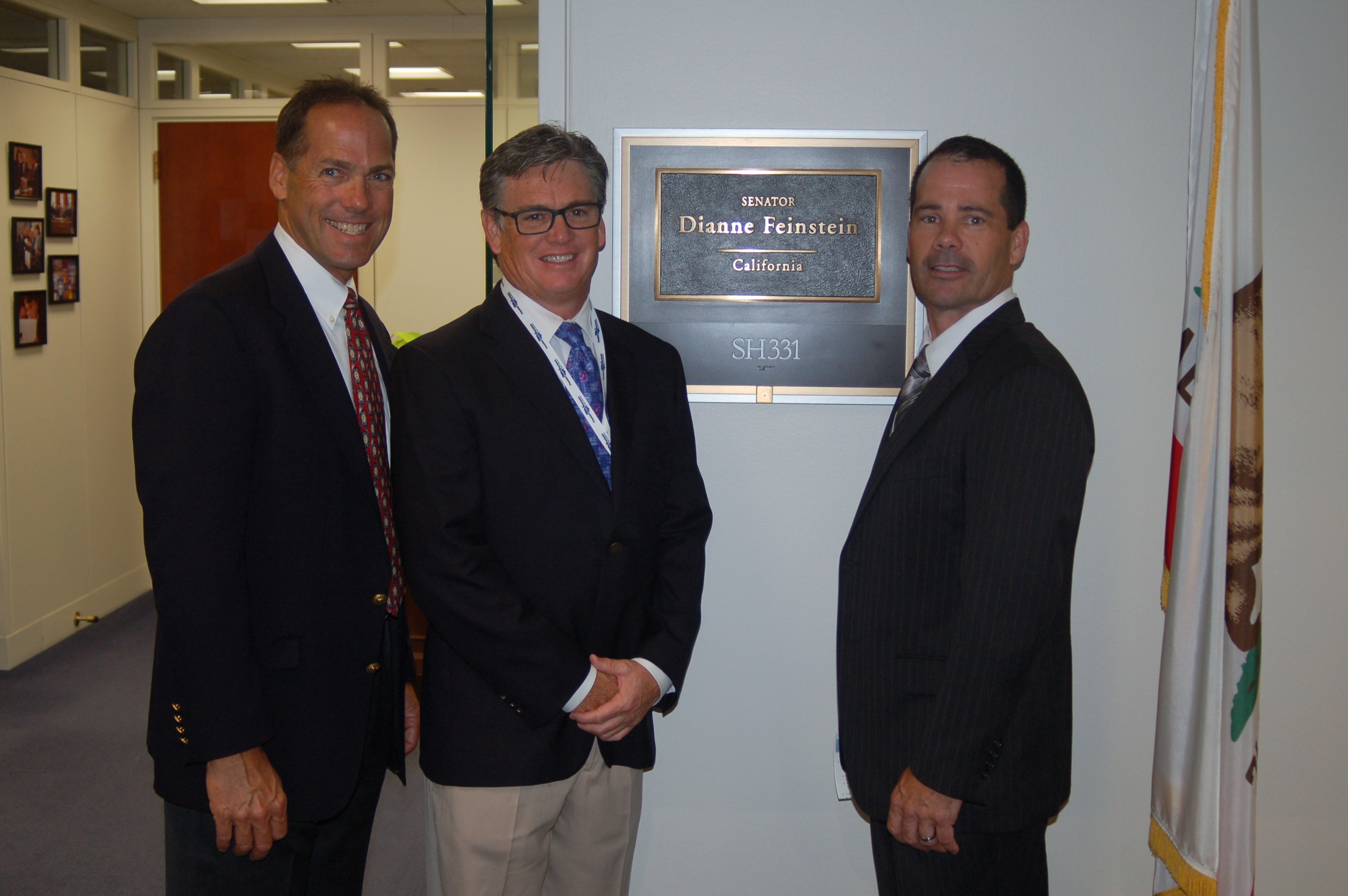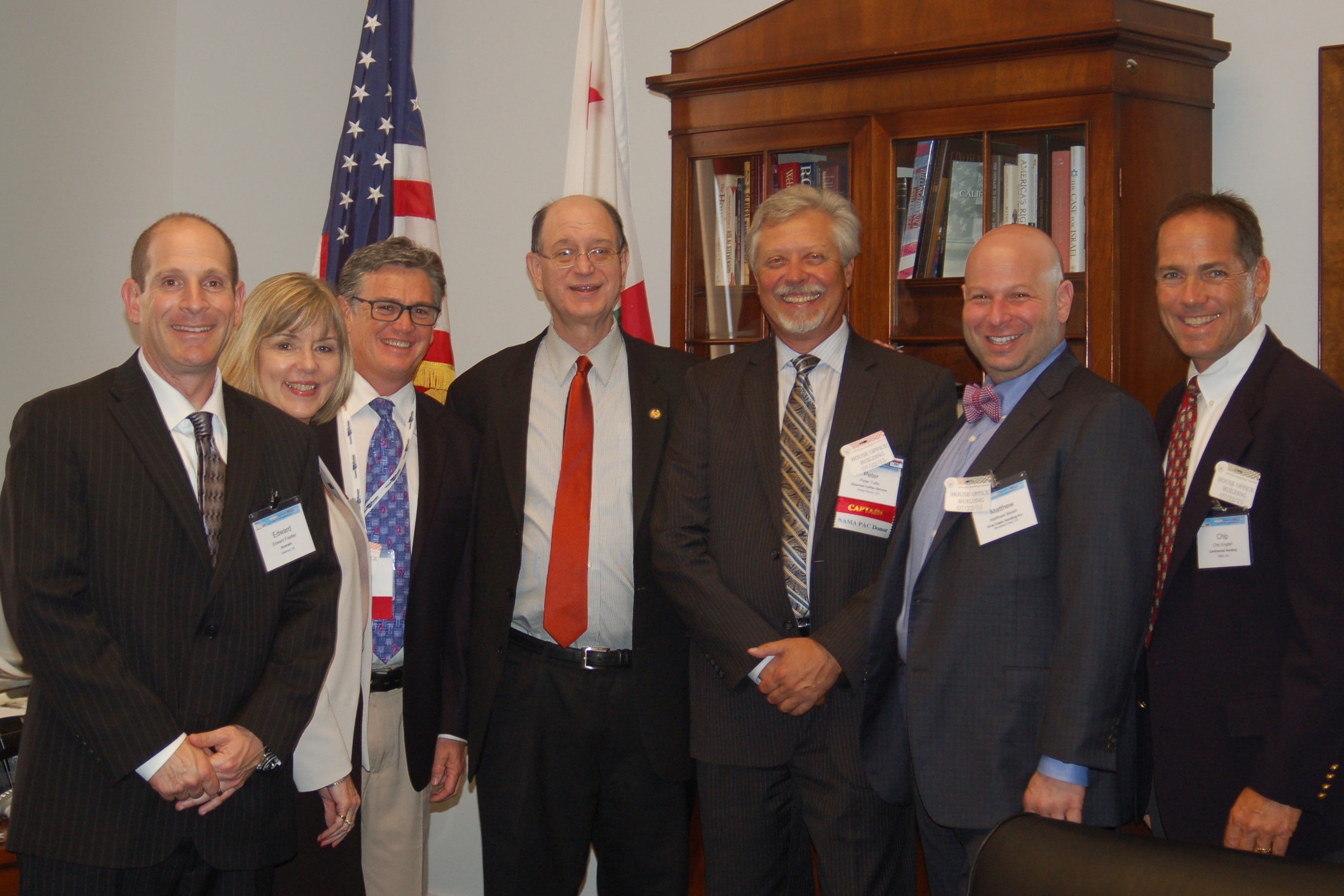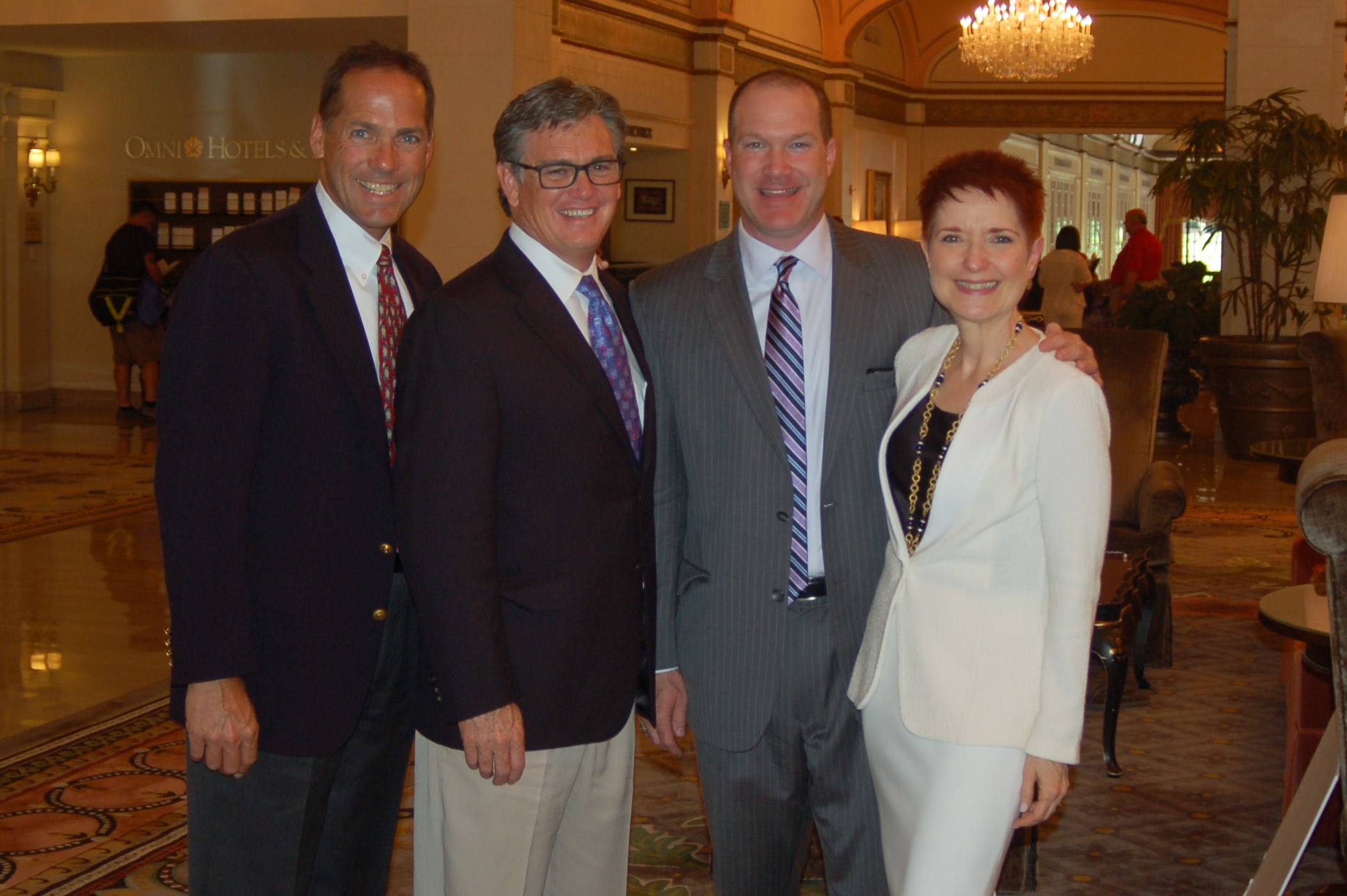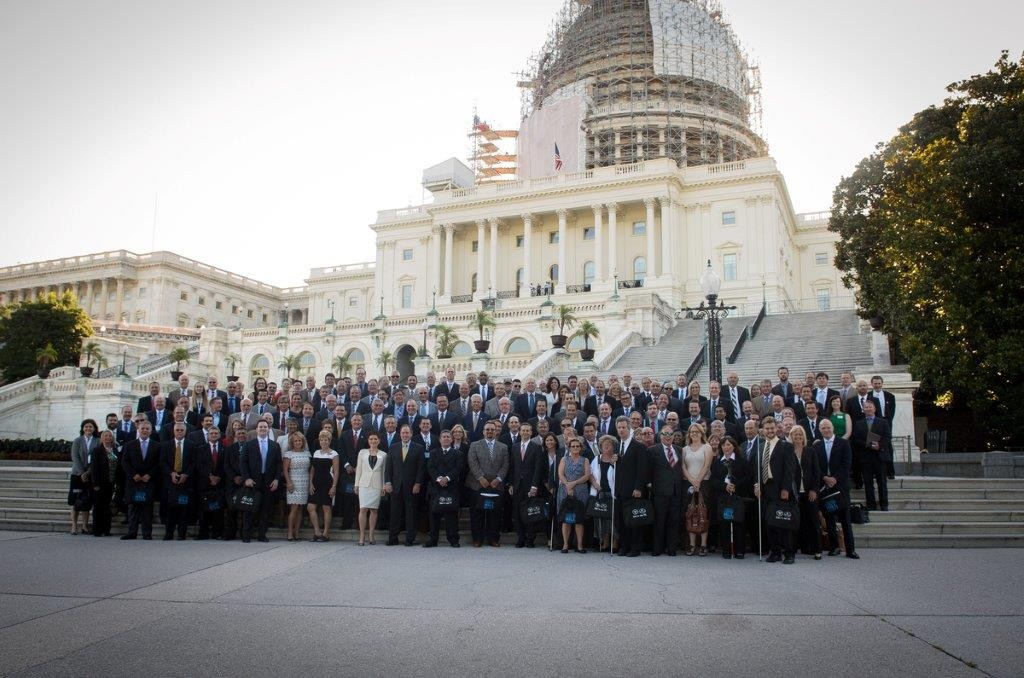Over the last 48 hours, members of CAVC met with various California State Assembly Members and their assistants to show their support of AB 155, a bill that seeks to remove the tax from items sold through vending machines that are not taxed in other retail locations.

Through the joint efforts of CAVC operators, distributors, manufacturers and our lobbyists the offices of 24 State Assembly Members were visited. After a successful day at the Capitol we are more hopeful now than ever before that this year will be the year to get this inequity in the law resolved.

CAVC members meeting with Assembly Member Brian Jones
Below you can find more information on bill AB 155, taken directly from the fact sheet written by Assembly Member Matt Dababneh.
Sidenote: If you are a California Vendor and not a member of CAVC, join! We need you and in the words of Elon Musk, “[You] could either watch it happen or be a part of it.”
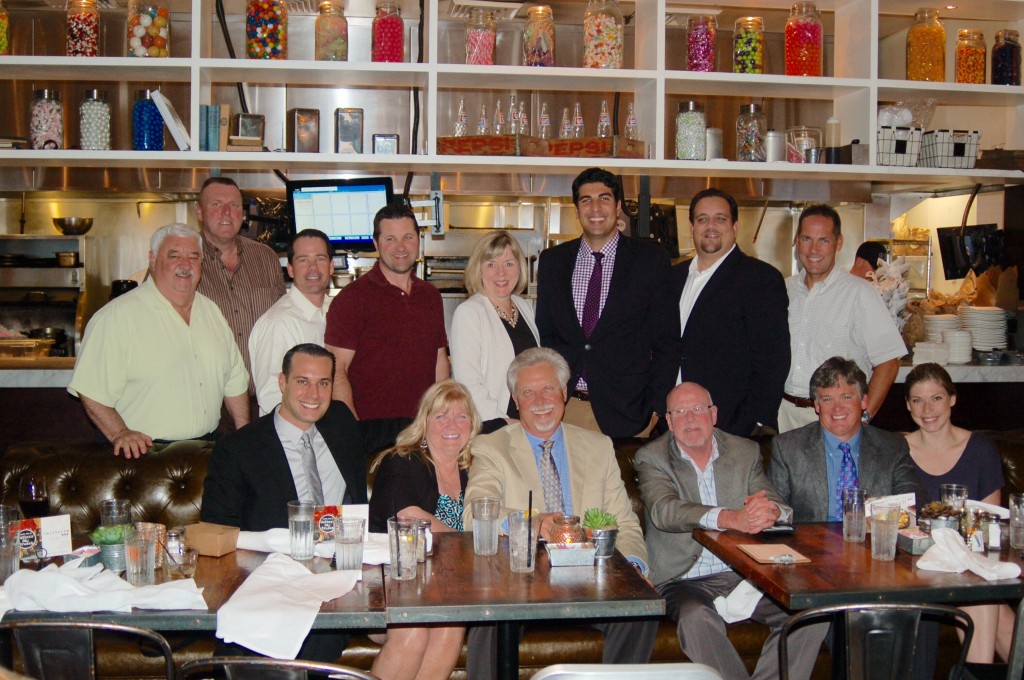
CAVC members with Assembly Member Matthew Dababneh.
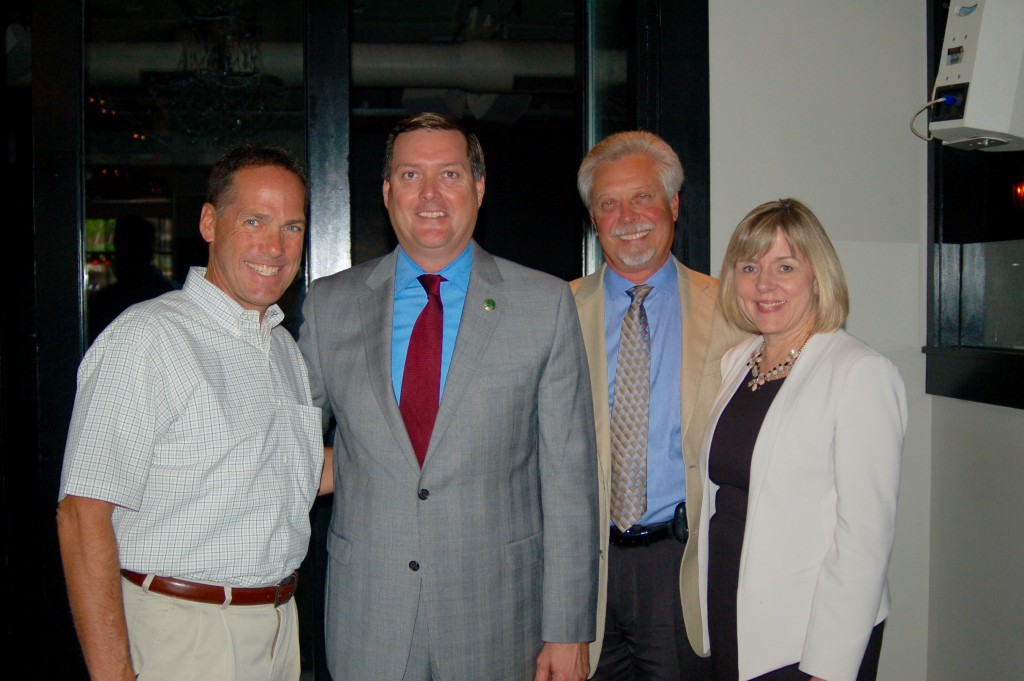
CAVC Members with Assembly Member William Brough.
IN BRIEF:
AB 155 would remedy an inequity in California’s tax law regarding the taxation of items sold through vending machines. The legislation would ensure that the existing tax exemption on food products will apply to all retail locations. Food products that are exempt from taxation when sold in grocery stores, convenience stores, and catering trucks should also be exempt when those same items are sold through vending machines.
THE ISSUE/PROBLEM:
In 1987, Section 6359.2 was added to the Revenue and Taxation Code; this changed the sales tax rate on certain “food products” that are sold through vending machines. Currently under Revenue and Taxation Code Section 6359 and 6359.2 food products, except carbonated beverages, liquor and hot prepared foods, that are sold for human consumption, through retailers such as grocery stores, convenience stores and other retail outlets are exempt from sales tax. Currently those same food products sold through a vending machine are subject to sales tax on 33 percent of the gross receipts.
The vending operators in the State of California view this as an unfair tax. They are seeking parity with other retailers in the state that do not pay sales tax on food products. The exact items which vending operators sell through their vending machines are not taxed when sold in grocery stores and convenience stores. Because of the disparity in the law, vending machine operators are forced to either absorb the sales tax or pass it on to consumers. Absorbing the tax hurts the bottom line for an industry that operates on small margins and is made up of many small businesses. Passing the tax on to the consumer means increasing the tax burden on working people, students, and military personnel in the state who make up a large percentage of the vending industry’s customers.
THE SOLUTION:
It is the position of the vending operators in California that their companies and their customers should not be forced to pay tax on food products that would be exempt if they were purchased at a retail location rather than through a vending machine.
AB 155 would fix this inequity in California’s tax code by ensuring that the tax exemption on food products applies regardless of whether the food products are sold through a grocery store, convenience store, catering truck or vending machine.
SUPPORT:
Business Enterprise Program for the Blind
California Automatic Vendors Council
Atnip Company
BBI
Biscomerica
Canteen of Coastal California
Continental Vending
Downey Vendors
Gourmet Coffee Service
GVR Services
J & J Vending
Rendezvous Music & Vending
Tri R Coffee
Vend Catering Supply
Vend Mart

